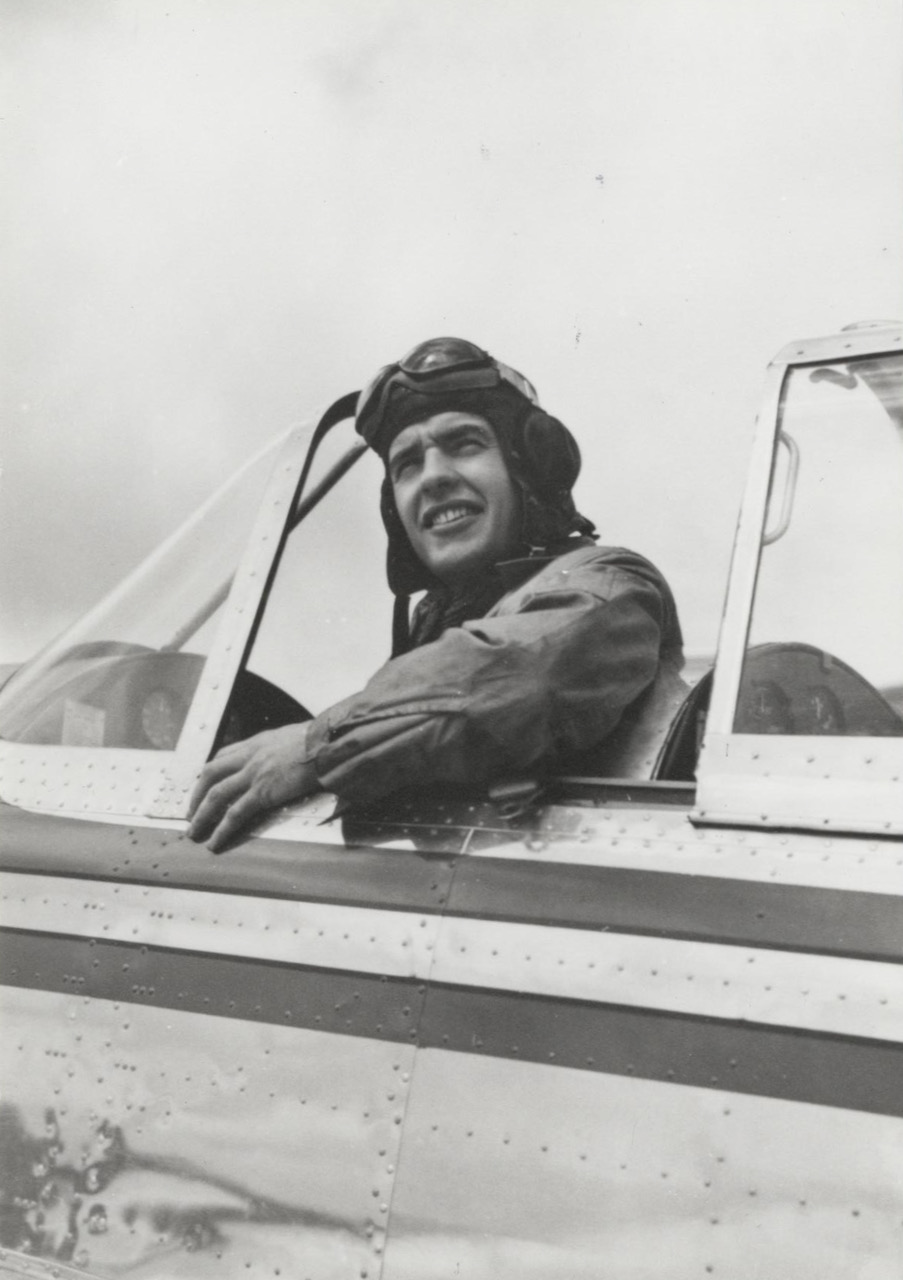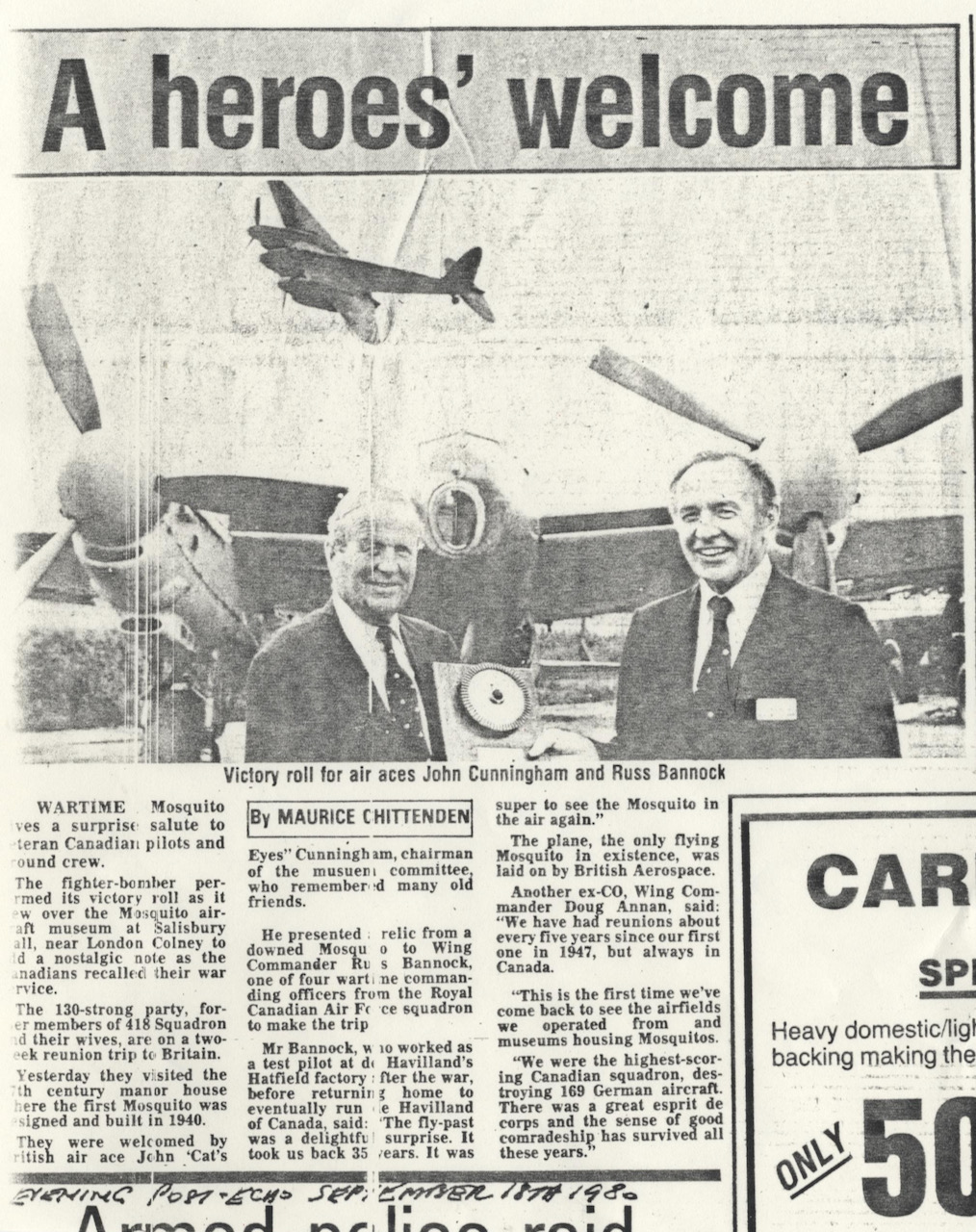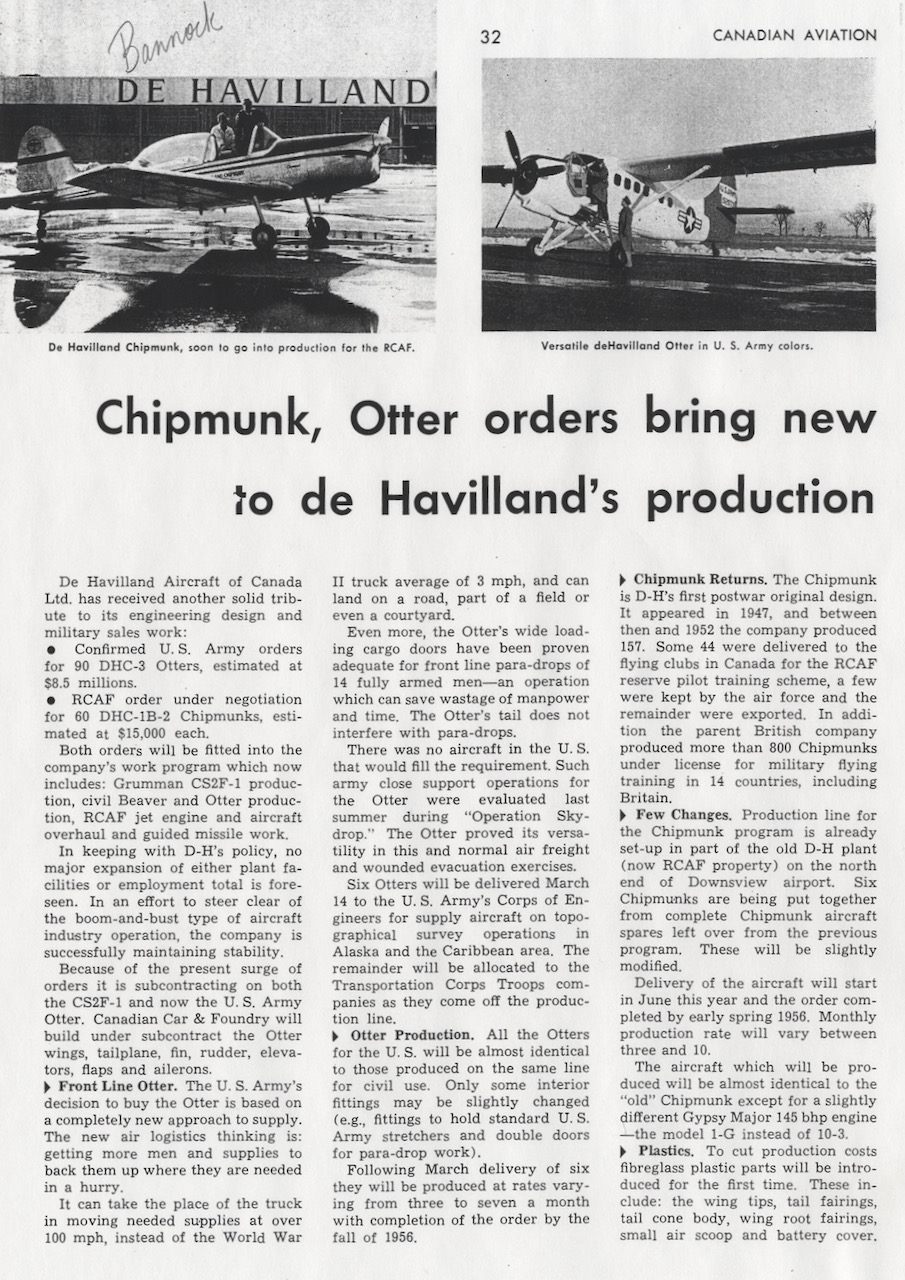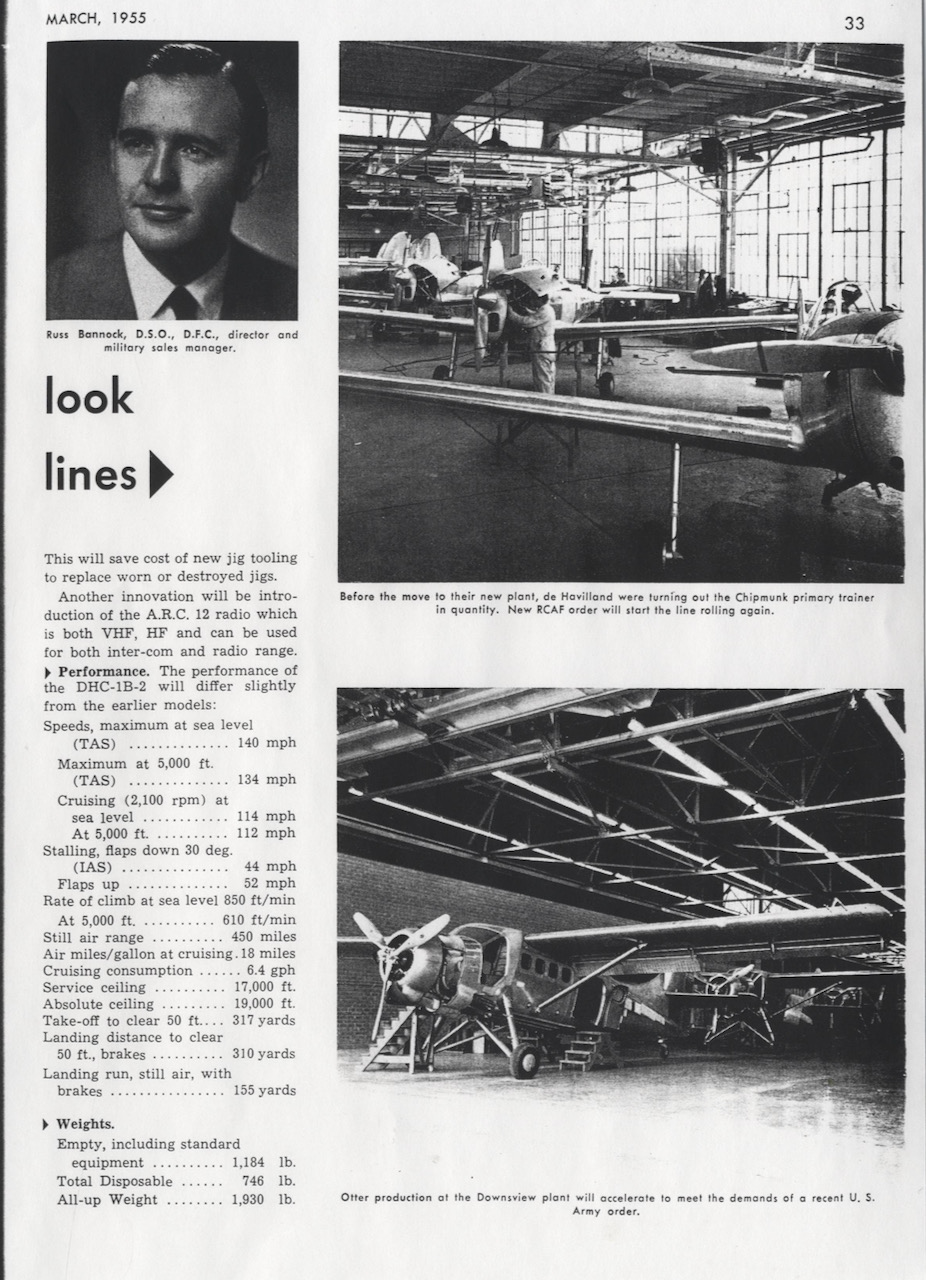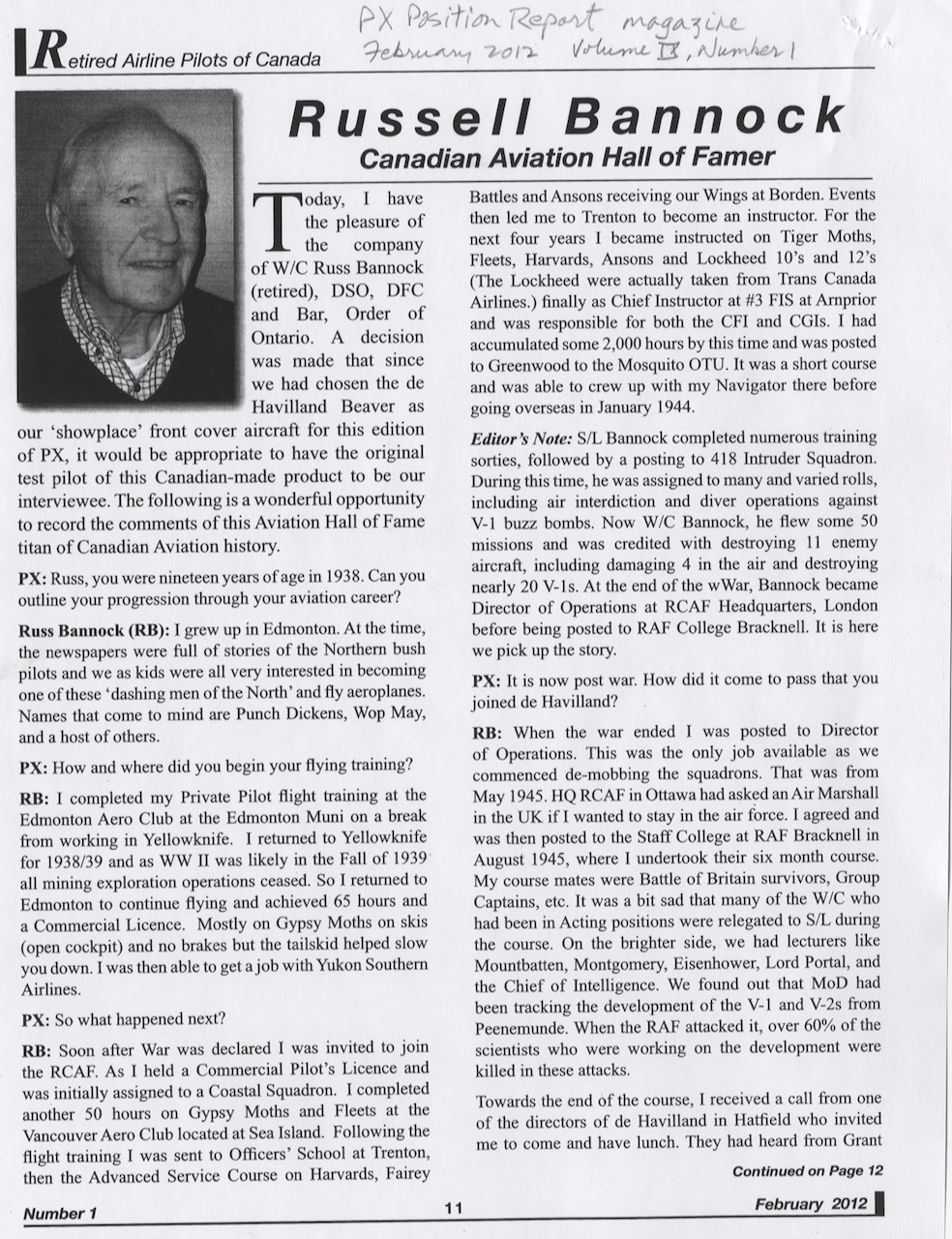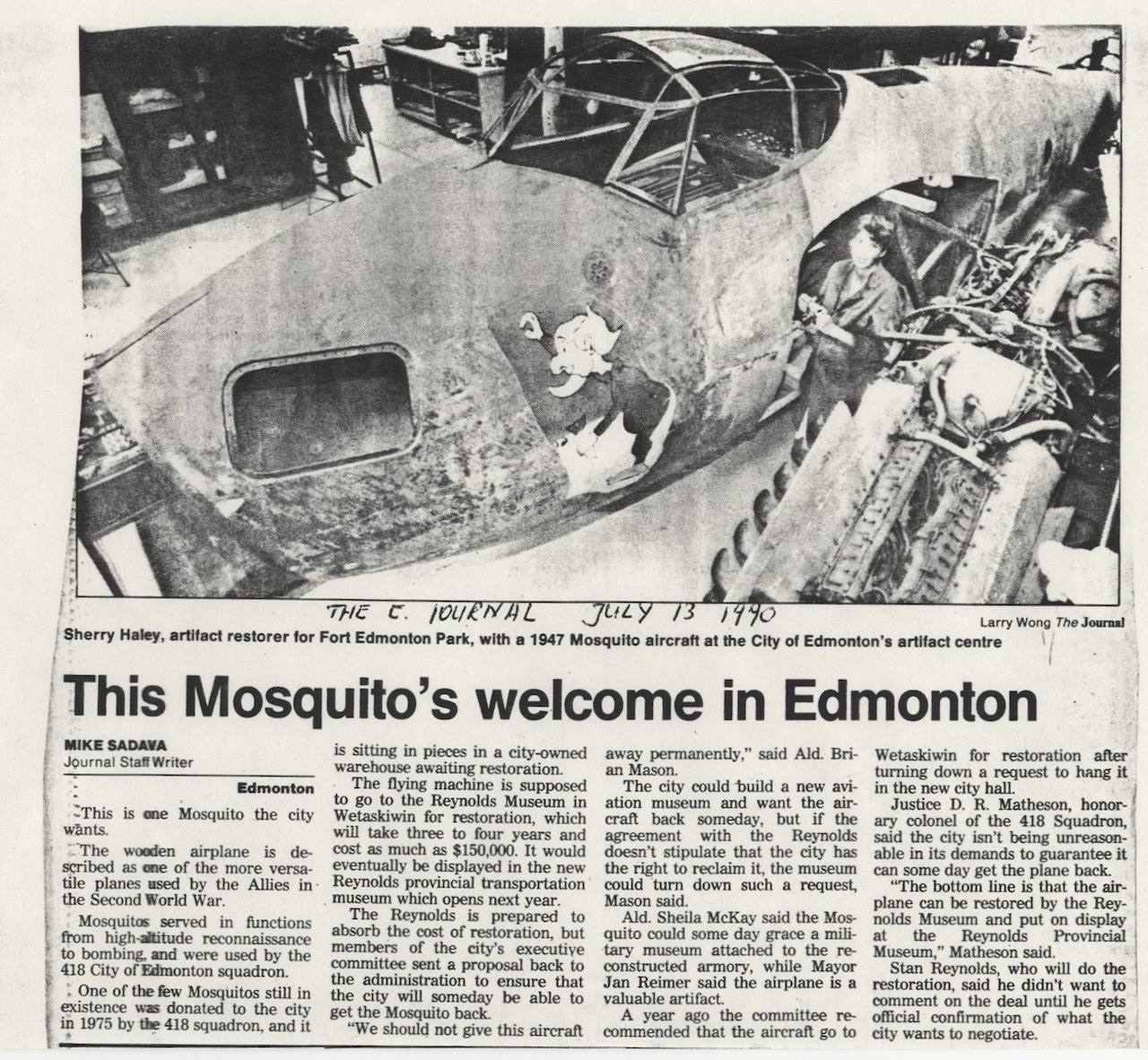Russell Bannock
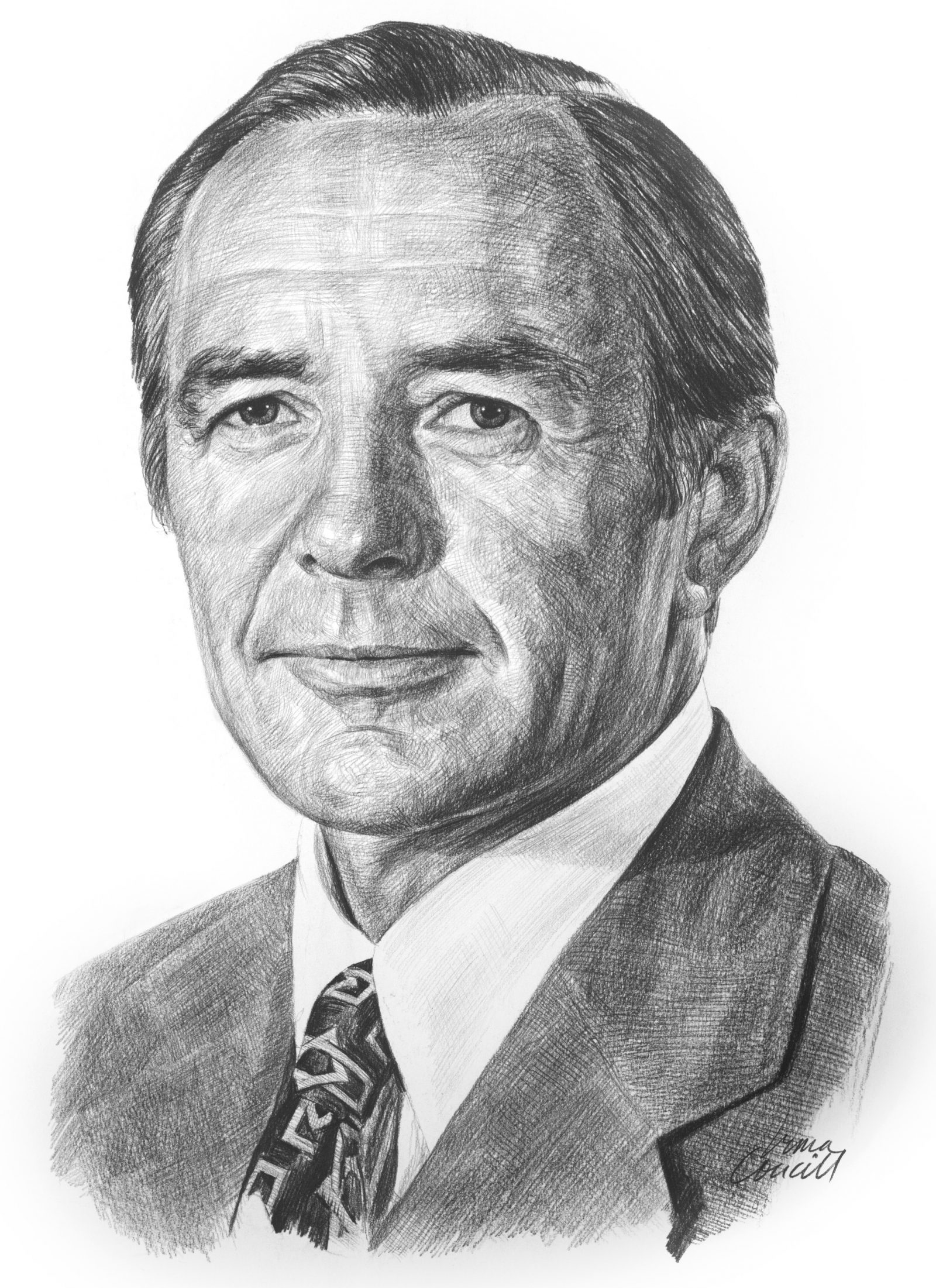
Nickname: Russ
Birth Date: November 1, 1919
Birth Place: Edmonton, Alberta
Death Date: January 4, 2020
Year Inducted: 1983
Awards: DSO; DFC
His inspiring leadership as an instructor and fighter pilot in World War II, his unusual skills as a test pilot, and his corporate business leadership have all been of outstanding benefit to Canadian aviation
The Early Years and the RCAF
Russell Bannock was born in Edmonton, Alberta on November 1, 1919. He completed his elementary and high school education there, and attended the University of Alberta night school where he studied geology. His interest in aviation began at an early age and he commenced flight training in 1937 at the Edmonton Flying Club, obtaining his Private Pilot's Licence in 1938 and his Commercial Licence the following year.
At the outbreak of World War II he joined the Royal Canadian Air Force (RCAF), and was commissioned as a Pilot Officer. On completion of his advanced training at Camp Borden, Ontario, Bannock was posted to No. 112 Army Co-operation Squadron in Ottawa. He was assigned to Central Flying School at Trenton, Ontario, in 1940 as a flying instructor, and was appointed Flight Commander. In September 1942, he assumed the responsibilities of chief instructor of No. 3 Flying School at Arnprior, Ontario.
Going Overseas
Bannock's request for an overseas posting was granted in 1944, and he proceeded to 60 Operational Training Unit at High Ercall, Shropshire, England. He joined No. 418 Squadron, RCAF, in June of that year, and was engaged in flying the de Havilland Mosquito on intruder missions over Europe. He soon scored the first of many victories as an intruder pilot, and was appointed Flight Commander. Bannock was soon promoted to Wing Commander and given command of No. 418 Squadron in October 1944. During this period, along with his Navigator F/0 Robert Bruce, he was involved in the battle against Germany's weapon of terror, the V-I 'flying bombs' that were then attacking southern England and London. On one of their missions they destroyed four 'flying bombs' within a one-hour period. For his intruder work against enemy airfields, Bannock was awarded the Distinguished Flying Cross (DFC), and to this was added a Bar for his successes against the V-Is.
In November 1944, at the age of 24, Bannock was posted to No. 406 Squadron as Commanding Officer and was awarded the Distinguished Service Order (DSO) for outstanding leadership in that command. By April 1945, he had accounted for the destruction of 11 enemy aircraft and 19 V-1 'flying bombs', had earned himself the title 'The Saviour of London', and the distinction of becoming the RCAF's leading night fighter of World War II. In May 1945, he became Director of Operations, RCAF Overseas Headquarters, London, remaining in that post until September 1945, at which time he attended Royal Air Force (RAF) Staff College.
Work After the War
On retirement from the service in 1946, Bannock returned to Canada to join de Havilland Aircraft Company of Canada Ltd. (DHC) as Chief Test Pilot and Operations Manager. In 1947 he flew the de Havilland Beaver prototype, the first in a series of successful short take-off and landing (STOL) aircraft that the company was to design and manufacture. Following two fly-off competitions among major North American aircraft manufacturers, a United States Congressional decision to 'promote domestic sources of supply for aircraft' was put aside. Bannock's ability to demonstrate the Beaver's superior capabilities resulted in the sale of 978 of these aircraft to the United States Army and Air Force.
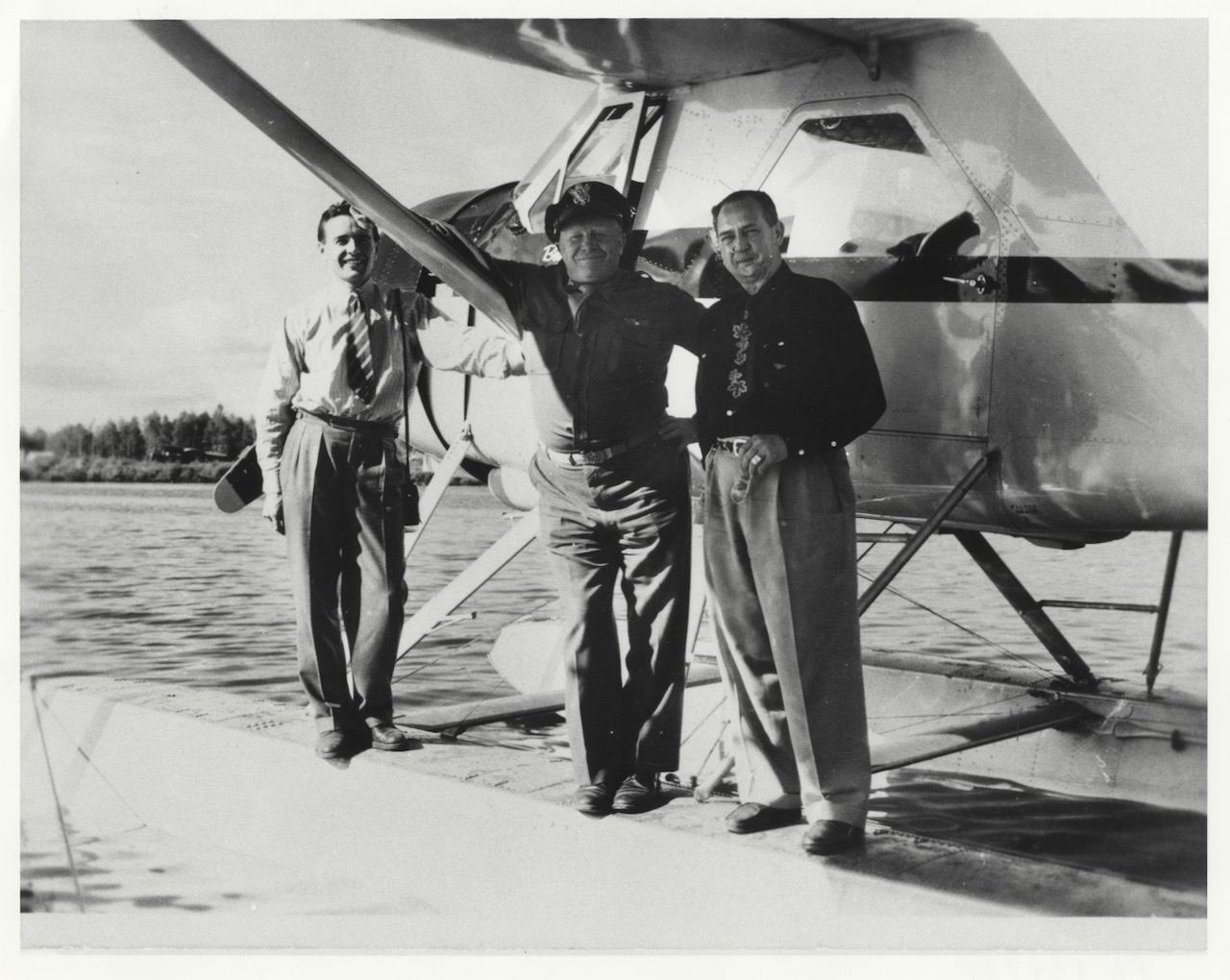
Officials with DHC-2 Beaver aircraft during demo tour of Alaska. Left to Right: Russ Bannock, Col. Bernt Balchen, Charley Babb. Alaska July 1949.
Sales Sales Sales
In 1950, he was appointed to the position of Director of Military Sales, followed by a promotion to Vice-President of Sales. He enjoyed continued success in the sales of the company's additional STOL entries into the market in the 1950's and 1960's, which included the Otter, Twin Otter, Caribou and Buffalo. He was a member of DHC's Board of Directors from 1956 to 1968, and then left the company to establish Bannock Aerospace Ltd., formed to carry on aerospace sales, leasing, and consulting services.
In 1975 he returned to DHC and was promoted the following year to the position of President and Chief Executive Officer. He left the company in 1978 and returned to Bannock Aerospace Ltd.
Other Appointments
Bannock was appointed an Associate Fellow of the Canadian Aeronautical Institute in 1956. He served as chairman of the Export Committee for the Canadian Aerospace Industries Association from 1964 to 1968, and as a director of that association in 1976-77. He has held the position of President of the Canadian Fighter Pilots Association, and has served as director for the Canadian Industrial Preparedness Association and the Canadian Exporters Association.
Russel Bannock was inducted as a Member of Canada's Aviation Hall of Fame in 1983 at a ceremony held in Edmonton, Alberta. Russ Bannock has had the pleasure of serving as Chairman of the Board of Canada's Aviation Hall of Fame for the years 1988 to 1995. During this time, he oversaw the relocation of the Hall to its present, permanent site in Wetaskiwin, Alberta, where it is the onsite partner to the Reynolds Alberta Museum.
Russ Bannock lived in Toronto and was a regular curler in winter and golfer in the summer. He regularly attended CAHF's annual inducted dinners. Sadly, not long after celebrating his 100th birthday he passed away on January 4, 2020.
News Stories
To return to the Inductee Page, please click here.


